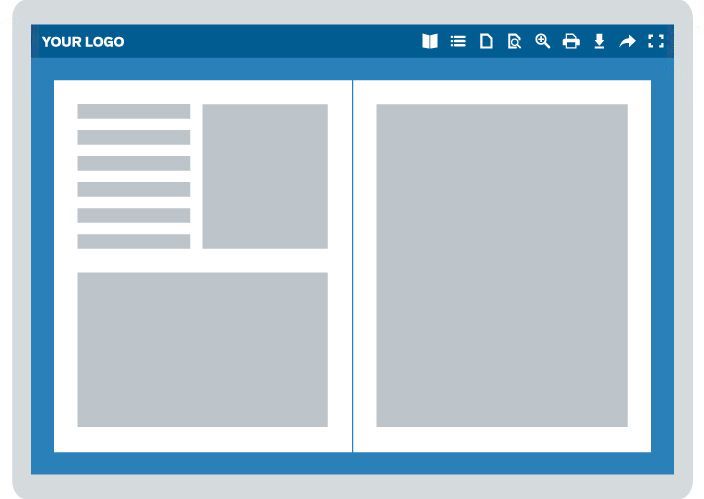Before spring 2020, lots of people wondered what going to work would look like in the future. Would workers jump into hover cars and fly to their jobs every day, Jetsons-style? Would automation make it possible to work for just a few hours a week? Would new online technologies mean more and more people choosing to work from home?
Then, the COVID-19 pandemic struck across the world. With populations from Melbourne to Mexico City on lockdown, millions of people found their ways of working transformed overnight. Offices, shops, restaurants and schools closed their doors. For many, work needed to be done from home; for others, work needed to adapt to new, fast-evolving conditions.
Although most lockdowns have ended, the huge changes to the way we work did not disappear. Instead, work continues to change—month to month, week to week and even day by day. As governments, businesses and individual people adjust to COVID-19, the future of work has never looked so uncertain. Or so close. Read on for the key takeaways about what may be coming next.
Going online
In the mid-1970s, a big, buzzy idea about the future of work emerged called the paperless office. At the time, an office without paper would have sounded ridiculous. For example, the typical office relied on paper memos, reports, forms, orders, invoices, bills, receipts and correspondence. Add in photocopies and that’s quite a mountain of paperwork! But personal computers were just beginning to arrive in business settings and over the next decades, electronic files, documents and mail followed.
The long shift toward a paperless office went into overdrive in 2020 as workers went into lockdown. Suddenly, the office needed to be not only paperless, but also entirely online. And though the concept of remote work has become more accepted in recent years, few businesses were completely prepared for it. As a result, the demand for new solutions has exploded. Videoconferencing, digital publishing and remote management tools help recreate the office online so that employees can log on, stay connected and work safely from home.
Despite an often abrupt move to the online office, remote work seems likely to extend into 2021 and beyond. In the United States alone, almost half of all workers were still doing some of their job at home by the end of the summer; one in four were fully remote. Recent surveys suggest that over 90% of office workers don’t expect to go back to their desks full time. Plus, the online office has offered unexpected benefits beyond safety and flexibility. With no commutes, people have saved billions of hours of time and decreased pollution.
Communicating change
However, offices aren’t the only workplaces that have undergone dramatic changes in 2020. Half of the workforce leaves home to do their jobs, a figure that includes the category of essential workers. From doctors and nurses to farmers and grocery staff, most people have had little to no options for working from home. In order to protect workers on-site, all types of employers needed to react fast. New policies boosted sanitation standards, limited capacity, encouraged social distancing and required masks.
And throughout the year, businesses have often had to modify those policies as the pandemic progressed. Due to the evolving situation, clear communication has become more important than ever. First, employers must keep workers informed about protective measures and rules to ensure everyone’s safety. Next, businesses must let customers know what actions they are taking and what to expect in store. Email, online employee handbooks and digital customer guides are essential ways to communicate this information quickly and clearly.
In fact, lockdowns and limited capacity led to more use of online tools in “offline” fields like hospitality. While the Internet is already big business, there’s room to grow. For instance, restaurants unable to welcome customers published take-out menus on the Internet and stores focused on improving ecommerce channels. On the other hand, some traditionally in-person activites went totally virtual. Museums, conferences and events took advantage of video and interactive media to create new kinds of experiences online.
Finding balance
Amid the pandemic, workers have been confronted with lots of new experiences—and not all are as fun as a virtual dance party. Some must cope with strict and at times challenging safety protocols. Others have been isolated by working from home alone for months. In almost every situation, workers face the danger of burnout. The pressure of such major changes to daily life can cause stress, anxiety and depression. Looking ahead, balancing new habits with long-term needs will be key to the future of work.
Now, people are reviewing how work will fit into their living spaces and their lifestyles. In many places, workers are moving away from cities to find more nature and bigger homes. They’re planting windowsill gardens, setting up home offices and creating community services with colleagues and neighbors. It’s too early to tell which trends have staying power and which will fade with time. But no matter what happens to the water cooler, one smart bet is on the importance of staying connected.
That’s because everyone agrees that relationships matter at work. People will always need to know their coworkers, understand the culture of their organization and meet with their managers. In 2020, workers have tested out an unprecedented range of solutions for getting their jobs done in difficult circumstances. As businesses begin to make choices about the path forward, they also need to consider the best ways to keep workers engaged, in touch and focused on the future.
In conclusion, you might need a crystal ball to know exactly who will still be working remotely six months from now or where masks will be required. However, you can be sure that work is changing. More flexible, more transparent and more digital work is likely to be a lasting legacy of the COVID-19 pandemic. And as for flying cars? Maybe in 2040—or sooner than you think.
Read this article in our 6th issue of Calaméo Magazine, as well as many others on the theme of work:
And if you haven’t read all the other issues of Calaméo Magazine yet, you can find them right here.




